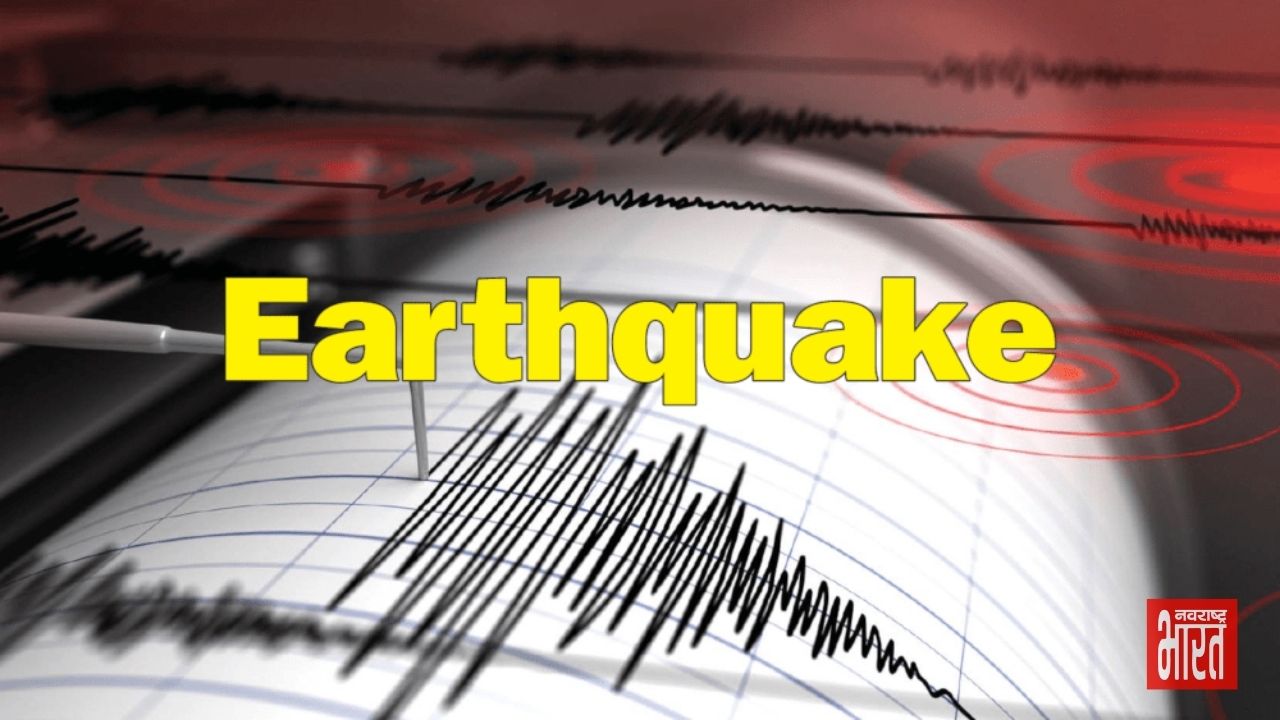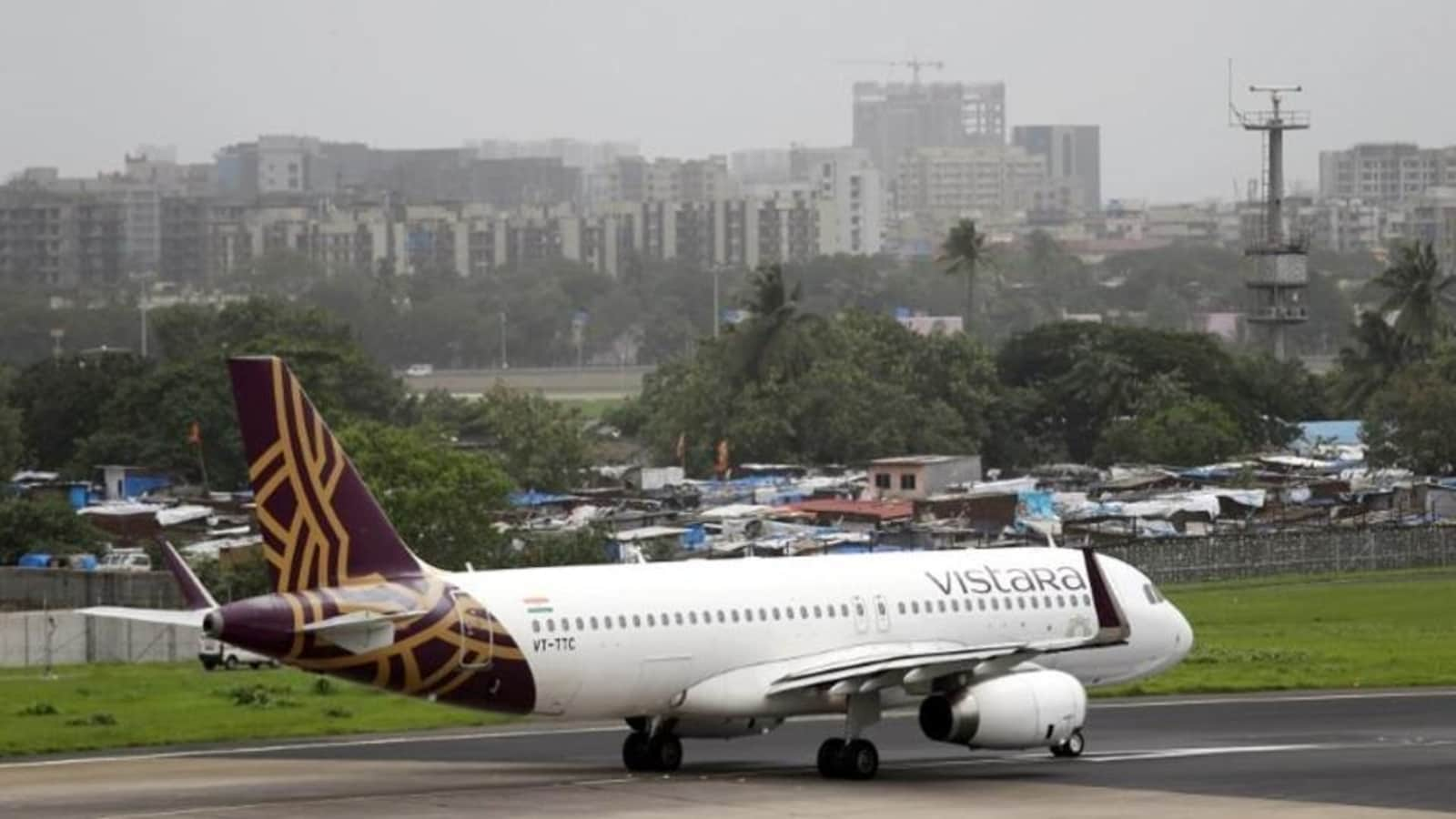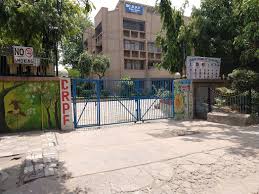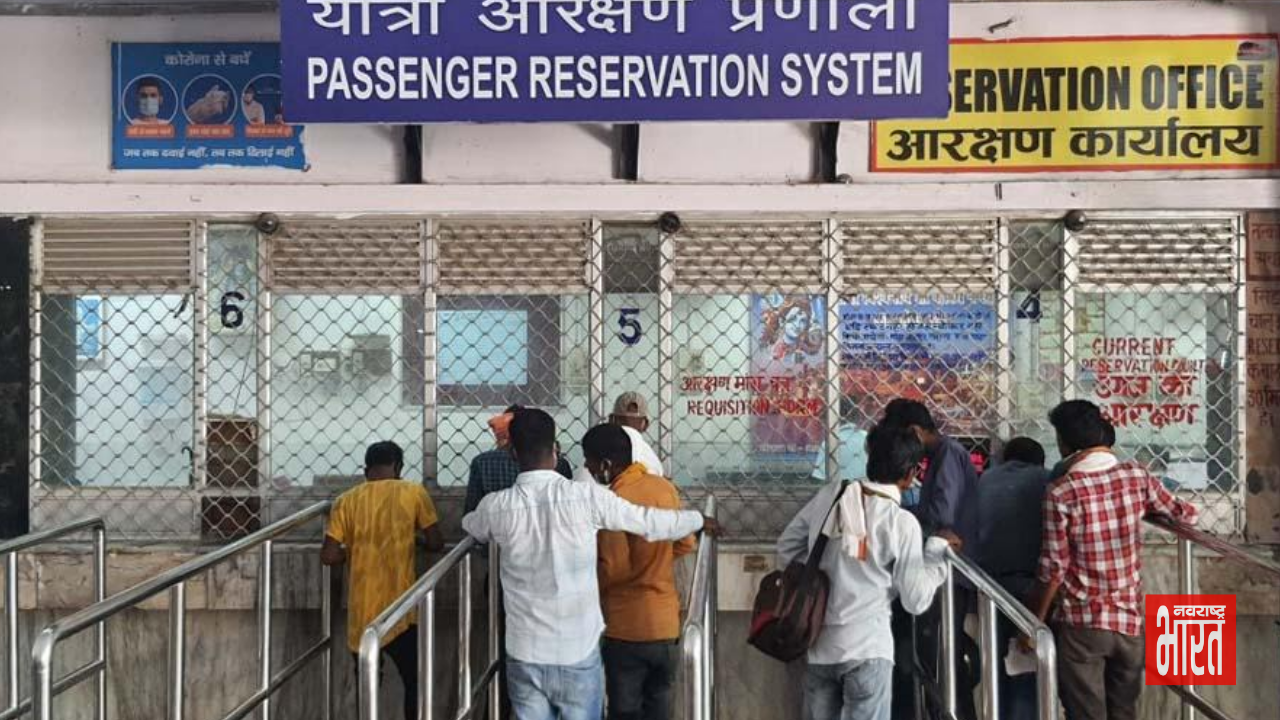
On Friday, Delhi experienced yet another morning of dense smog, with air quality lingering in the “Severe” category across multiple areas for the third day in a row.
In response to the ongoing air quality crisis in the capital, Stage 3 of the Graded Response Action Plan (GRAP) was activated today following a directive from the Commission for Air Quality Management (CAQM) on Thursday. Under GRAP-3, construction and demolition activities have been suspended, all non-essential mining is on hold, and diesel-fueled interstate buses that are non-electric, non-CNG, or not compliant with BS-VI standards face restrictions. Schools have also been instructed to shift to online classes for students up to Grade 5 in Delhi-NCR.
The Central Pollution Control Board (CPCB) reported an overall Air Quality Index (AQI) of 409 on Friday, a slight improvement from Thursday’s AQI of 432. Out of 39 monitoring stations in Delhi, 21 showed severe air quality levels, with four marked as “severe plus.” Specific AQI levels were recorded at 441 in Anand Vihar, 429 in Narela, 443 in Punjabi Bagh, and 403 in Nazafgarh.According to CPCB, an AQI in the “severe” range (401–500) can lead to respiratory problems even in healthy individuals and pose serious health risks for those with heart or lung conditions.
Impact on Travel
The thick smog has also impacted visibility, causing delays to numerous trains and flights on Friday. Approximately 15 trains bound for New Delhi Railway Station (NDLS) were delayed by at least an hour, according to officials. In addition, several flights to and from Delhi, Varanasi, and Amritsar experienced delays due to poor visibility.
Causes of Rising Pollution Levels in Delhi
For the past 14 days, Delhi’s air quality has consistently been in the “very poor” category, largely attributed to vehicular emissions, which account for around 15.4% of the city’s pollution. Stubble burning in nearby states has intensified the smog, enveloping the city in thick haze, as experts report. Levels of key pollutants, PM2.5 and PM10, remain alarmingly high.
The Ministry of Earth Sciences’ Air Quality Warning System has forecasted that with the current low wind speeds, weather conditions are likely to remain highly unfavorable for effective dispersion of pollutants.

















































































































































































































































































